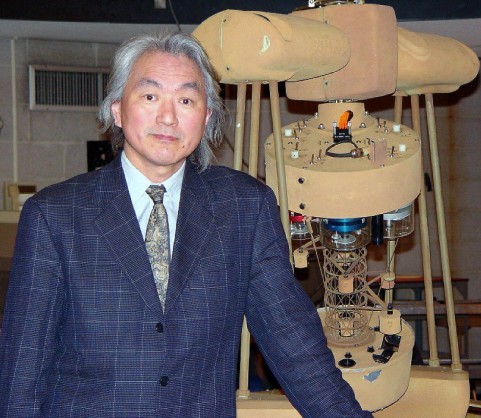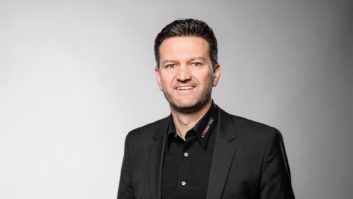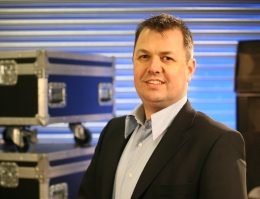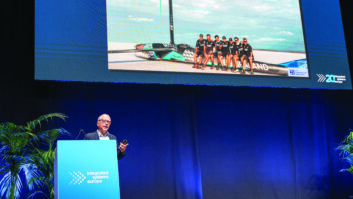
It may seem strange for a theoretical physicist, whose daily work centres around the rarefied topic of string theory, to be someone with a strong track record in predicting the future, but to Dr Michio Kaku it makes perfect sense.
“Being a physicist allows me to predict the future, because I know where the laws of physics constrain us, and I know what’s possible and what’s impossible. Many times I read predictions by futurists and they violate the laws of physics.” So, for instance, he can rule teleportation, cold fusion and certain forms of time travel as avenues for future progress – although other forms would be possible if you had the energy of a black hole available. “But on the other hand, you can also see what’s possible: for example, the basic carrying capacity of laser beams is near infinite – you could put the entire transmission of the planet earth on a series of laser beams.”
Dr Kaku, who holds the Henry Semat Chair in Theoretical Physics at the City University of New York, explains how his inspiration came at a young age from two prominent figures – one real, one fictional.
“When I was a child, we all heard that Einstein had died without completing his final dream of a theory of everything. So I wanted to complete that dream. But on Saturday mornings I used to watch Flash Gordon on television – and that series, that was made in the 1930s, introduced me for the first time to starships, to cities in the sky, to rayguns, to aliens and outer space. And I was hooked! But later, I began to realise that to really understand the series, you have to understand Dr Zarkov, who was the scientist – he made the starship, the city in the sky, the invisibility machine. Then later I found out that Dr Zarkov was a physicist – in fact a physicist patterned after Albert Einstein – so I went full circle.”
EVERYWHERE AND NOWHERE
Dr Kaku believes that the emergence of chips that cost about a penny “in the coming decades” will lead the way to a world where the internet is “everywhere and nowhere”. Just as electricity is prevalent everywhere we go today, chips – and more importantly intelligence – will be “woven into our clothing, walls, ceilings, floors – we won’t even think about it really. You’ll just walk into a room, talk to whatever, and things will talk back to you.”
He believes that autostereoscopic 3D lenticular TV will be available within five years; further ahead, our living rooms will have intelligent wallpaper, made from bendable plastic screens. “You’ll be surrounded by three-dimensional images as you sit in your living room. In a football game you’ll see the ball go way overhead as you sit in the middle of the screen.”
Applications for these technologies go far wider than entertainment, he points out – particularly since artificial intelligence has reached the point where it can carry out simple Q&A. “When you want to talk to a doctor, you’ll simply talk to the wallpaper and ask for a doctor and boom! Robo-Doc appears. Robo-Doc is artificially intelligent, and it answers questions in whatever language you want.” Similarly, he says, Robo-Lawyer will be able to access legal precedents and give sound advice, “almost for free”; Robo-Engineer will be able to diagnose what’s wrong with your car and 3D print replacement parts, without you having to leave your home.
AR AND CONTACT LENSES
We will be living with augmented reality in the next 10 or 20 years, he says, for which an important visual display will be the contact lens. “You’ll simply blink and see your friends, you’ll see a biography next to their name, and if the person speaks to you in Chinese, it’ll give you a reasonable translation right there under the image in your contact lens.”
All this obviously has significant implications for the worlds of education; “Who will be the first people to buy internet contact lenses? Students taking final exams!” – and of work. If you want to keep your job, he says, make sure it’s one that demands common sense or pattern recognition, as those are human abilities that are hard for AI robots to replicate.
We cover much more during our conversation, including harnessing the power of thought, taking photographs inside the brain, and how technology will make supply and demand “perfect” – but I don’t want to spoil the Keynote for you. Make sure you catch Dr Kaku in the Forum at 9:00 tomorrow morning.
To register for the Friday Keynote, go to https://www.iseurope.org/friday-keynote







